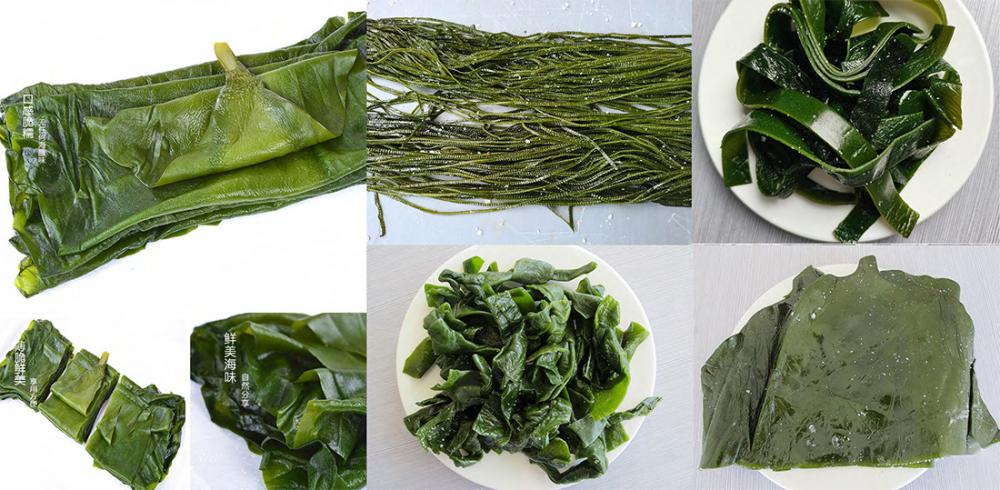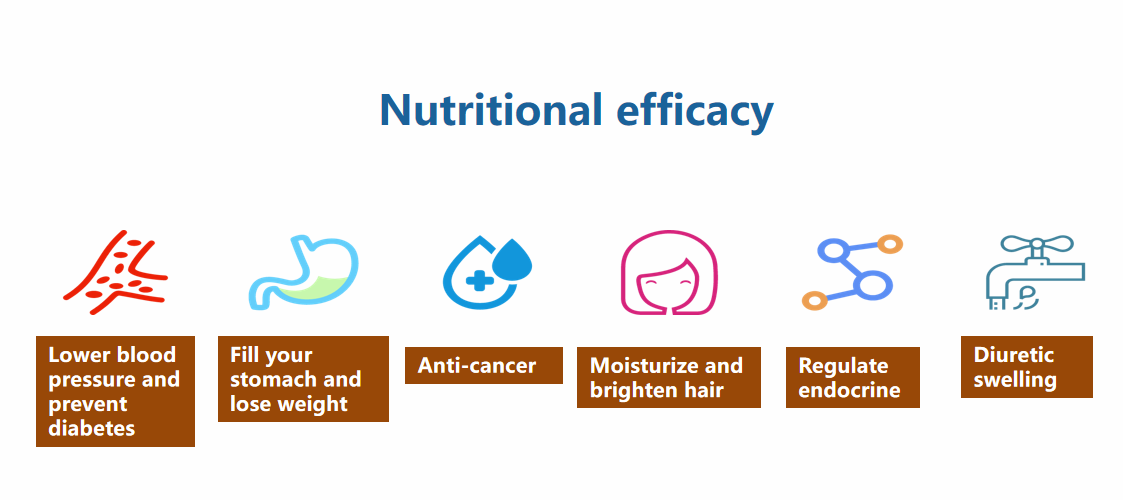I. Preparation before stocking
1. Pond Selection Cement pool with water flow conditions is selected. The area is from 50m2 to 100m2. The depth of the pool is from 50cm to 100cm. The pool shape is rectangular or round. There is no dead angle, and the inlet, outlet, and escape fence are set. , Sewage outlets, sewage drains and other facilities to ensure a smooth flow of water in the aquaculture, but also to facilitate the exchange of water flow and sewage convenience, easy management, easy fishing, water utilization rate is high.
2. Disinfect the ponds by means of bleaching or quicklime. The pool water can be drained. The amount of bleaching powder is 60g/m2 to 100g/m2 or quicklime is 75g/m2 to 100g/m2. After the water is dissolved, the pool At the end, the pools are all splashed or stuccoed to eliminate enemy pests and pathogenic organisms. Place the pond for 4 days to 6 days before putting water back.
3. Aquaculture water The aquaculture water should meet the fishery water standard. The water quality is non-pollution. It can be unclouded mountain springs, bottom reservoir water, or cold river water. The water temperature varies from 5°C to 20°C year-round, and the water supply is constant. The indicators of rainbow trout aquaculture water use are as follows: dissolved oxygen> 7mg/L, ammonia nitrogen <0.0075mg/L, nitrite <0.5mg/L, nitrate <1mg/L, phosphate <0.2mg/L, Suspended matter <15 rog/L, pH 6.5-7.5.
Second, fingerling breeding
1. Stocking conditions When the water temperature reaches 10°C to 15°C, choose a cement pond with an area of ​​40m2 to 60m2. The water depth should be controlled between 50cm and 60cm. The water flow rate should be controlled between 2cm/s and 4cm/s, and the exchange frequency should be twice. Hours - 4 times / h, dissolved oxygen remained at 5.5mg / L or more, the weather was no wind, no rain, seedling pool and fish breeding pool temperature control within 2 °C, and then stocking seedlings.
2. Selection of fry to fully understand the importance of seed quality, stocking fry with qualified quarantine or self-cultivation by relevant departments, requiring strong constitution, no disease, no injury, neat specifications, no carry any pathogenic bacteria, and the specification is about 10g/tail.
3. Stocking Density The stocking density is reasonably controlled based on the pond conditions and the amount of water flow. Under normal circumstances, the stocking density of fry, which is about 10g/fin, is 1,500/m2 to 1800/m2. The stocking density is too low, the yield is low, and the utilization rate of the pond is low; the stocking density is too high, and it is easy to cause the shortage of dissolved oxygen and increase the disease.
Third, adult fish breeding
1. The choice of fish pond is generally rectangular or circular cement pool. The area is about 100 square meters, the water depth is controlled between 60cm and 80cm, the water flow velocity should not exceed 30cm/s, and the pool water exchange frequency should be greater than or equal to 2. The fish ponds are arranged in parallel, the inlet is slightly higher than the surface of the pool, and drainage is used at the bottom to facilitate the discharge of sediments.
2. Fish selection Restocking choice individuals strong, good gloss, no injuries, large specifications and neat, swimming fast, the average individual weight of 70g ~ 100g rainbow trout is not.
3. Stocking density The maximum production capacity in a limited body of water. The most important prerequisite is the stocking of fish species in sufficient quantities and certain specifications. The stocking density is constrained by various factors such as the amount of water, water temperature, and dissolved oxygen, and requires rational arrangement of farming. density. Generally, the stocking density of fish species with specifications of 70g/tail to 100g/tail is between 150/m2 and 180/m2, and higher yields can be obtained.
Fourth, feed feeding
Rainbow trout farming should be fed with high-quality artificial full-grain pellet feeds, and feed quality should meet national standards. Must use high-quality, reputable manufacturers of pelleted feed, animal feed ingredients to be higher than 40%, protein content of about 45%, fat content of 6% to 12%, carbohydrate content of 9% to 12% Add necessary vitamins and inorganic salts to ensure the balance of various nutrients in the feed. The feed is fed in a timely and appropriate manner. At the same time, attention should be paid to the daily activities of the fish population. In principle, the feeding rate accounts for 2% to 6% of the total weight of the fish body, and the seedling period is fed 3 times to 4 times per day, and the adult period is cast every day. Feeding 2 or 3 times, the feeding amount on the second day can be flexibly controlled according to the strength of the fish. At the same time, the amount of feeding depends on the operating environment, the state of the fish itself and the feeding level, so as to avoid blind feeding. Ensure the health of fish and rational use of feed.
V. Disease Prevention and Drug Use
Rainbow trout farming process, minimize medication. The prevention and treatment of rainbow trout disease in production should adhere to the principles of early disease prevention, premedication, and prevention of drug abuse. We must strengthen day-to-day management, observe and diligently inspect, and ensure the quality of fresh feed. Promote the use of highly effective, non-toxic, no side effects of green aquatic drugs, resolutely put an end to the state's prohibition of the use of drugs, ensure product quality, so that rainbow trout products meet the national industry standard "no pollution food rainbow trout" requirements.
VI. Water Quality Management
Since rainbow trout belongs to cold-water fish, changes in various physical and chemical factors in the water environment directly affect the normal growth of rainbow trout in the process of high-density culture. The most important indicators are dissolved oxygen and water temperature. Rainbow trout has very high requirements for dissolved oxygen, and is also very sensitive to rising water temperature. Any change in any one of these factors directly affects the growth rate and feed utilization rate of rainbow trout, especially when the water temperature is high in summer, it can be properly added. Large pond water exchange volume. Therefore, maintaining an adequate level of dissolved oxygen and a suitable water temperature in the pool water is an important condition for rainbow trout farming. In addition, attention should be paid to changes in the amount of water during the breeding process. If necessary, supplementation of well water and oxygen enhancer can be assisted.
Seventh, daily management
Under the condition of high density culture of rainbow trout, careful and scientific management is required, and production and medication records are made. The fishery technicians were able to observe the rainbow trout activities and feeding conditions on time, and paid attention to the observation of rainbow trout activities and feeding conditions. They regularly brushed the gates to ensure smooth water circulation, cleaned the water regularly, and kept the water environment clean. When abnormalities were found, measures were taken promptly. Daily physical and chemical indicators such as water temperature, dissolved oxygen, pH, ammonia nitrogen, and nitrite were measured, and fish sampling tests were performed regularly in the laboratory to understand the law of water quality changes.
Eight, out of Tong
According to the needs of the market, timely out of the pond and strive for maximum profits. Occurrence of irregularities in the culture, timely screening of individuals who have reached the specifications of the commodity for sale, to avoid the phenomenon of competition for food and stocking density in the pool of large and small fish. At the same time, do a good job in the preparation of the transport process to improve the survival rate of transport and reduce unnecessary losses. After the pond is out of the pond, clear ponds should be disinfected to prepare for re-cultivation. At present, due to multiple factors, resulting in smaller and smaller profit margins in farms, the farms should strengthen standardized management, improve the degree of organization of the industry, further improve product quality, reduce production costs, reduce the loss of technical links in order to achieve higher economic efficiency. .
Salted Wakame Stalks
The original ecological Wakame means that we pack the young Wakame with saturated salt water directly after washing without any preservatives.Original ecological products are the favourite of housewives.
How to eat:
- Soaking about 30 minutes to moderate salty
- Cook . make salad or add to hot pot after draining the wate

The difference between deep sea kelp and traditional ordinary kelp
Nutrational Effects

Salted Wakame Stalks,Salted Wakame,Natural Spirulina,Vegetables From The Sea
Shandong Haizhibao Ocean Science and Technology Co.,Ltd. , https://www.haizhibaoseafood.com